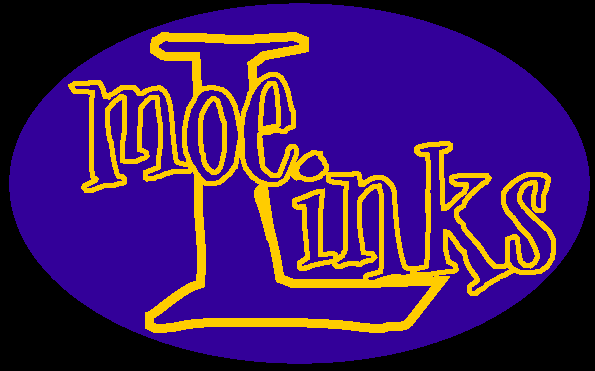
 |
.:
source guide :.
|
|
|
Well,
I'm guessing that you already know what a microphone does, so we'll
just skip that little informality and go on ahead to the specifics.
There are several different makes and models of microphones, each
having their own seperate charecteristic "sound." After listening
to several different shows on the same microphone, you may start
to hear some of the defining characteristics of that microphone.
Here
is what the seperate polar patterns look like you're
probably wondering, what exactly does this all mean? Well, what
it means is the direction the microphone is facing, that is the
strength at which the signal comes in. As you can see for the hypercards,
subcards, and cards, that the shape is farthest from the center
in the forward direction, and from there, is less as it pans out
to the side. The omni, picks up in all directions, and the figure
8 picks up what's coming from both sides. As you can guess, figure
8, is NEVER used. so, those won't be discussed any more. Now onto the actual source, there are several different brands and each has a different model number which will tell you about the microphone. Now, in no particular order(actually alphabetical), I'm going to go through each brand and quickly name off the different models. AKG:
These are a few different types of AKG microphones. Audio Technica (AT): Known as kind of "beginner" mics, being on the less expensive side, those who are interested the taping may buy a pair of AT's to get them started. The most commonly used models are the 4041 and 4051, both of which are cardioid. B&K (Bruel & Kjaer, Danish Pro Audio, DPA): All of their commonly used models are cardioid. The main difference between model numbers is their size. The common model numbers are 4011, 4021, 4022 and 4023. B&K's are high end microphones, that provide excellent quality and clarity of sound, and pick up the bass very well. This series is viewed as one of the best sounding microphones. DPA (Danish Pro Audio): see B&K Earthworks: This is a new brand that just surfaced in '99. These microphones are distinguishable in the tapers section by their long skinny body. The most common model is the SR-71 (no, not the Blackbird, nor the band), and it is a cardioid. There are a few new models that are coming out, and I will surely undate info on this brand in the future, as many people are taking a liking to this brand. Microtech Geffell(MG): Like the AKG480's the SMS 2000 series has the SMS 2000 body, with the M200, M210 and M260 capsules, that provide cardioid, hypercardioid, and omni pickup patterns. They are typically labeled with an MG, and then the capsule used. The other commonly used model is the M300 cardioid microphone. Geffels are viewed by most to be a very excellent microphone, and are actually preferred by some over many of the "high end mics" (Schoeps, B&K). Nakamichi: The Nak 300, known as an "old Dead mic," is typically run by older guys, who, well, used to tape the Dead. The typical capsule is the CP1 capsule which is a cardioid. Though these have been around for some time, they still make a good tape. Neumann:
Like AKG's, there are several different models of Neumanns. The
most common is the km 100 series body that has interchangeable capsules.
The capsules are the ak30, ak40, ak43, and ak50. These are omni,
cards, subcards, and hypercards. They are in turn labeled as km130,
km140.... Another model is the km184 which is a cardioid, but is
simply the microphone, no body or capsule involved. Schoeps: Schoeps is probably the most popular brand of microphone among tapers, or at least Schoeps owners would have you think so :) Like the AKG 480 series and Neumann km 100 series, the most common Schoeps mics are the body/capsule format. The most common is the cmc6 body, with the new "hot" mic on the market is their new Tube microphone, the m222 body. Other less common bodies are the cmc4 (run by Rob S for a few years) and cmc3. The capsules are mk2, mk21, mk4, mk4v, mk41, and mk41v which are omni, subcard, card, cardiod (run vertically instead of horizontally, why, I don't know, but they sound superb), the mk41's are the hypercards, and like the mk4v's the mk41v's are hypercards that are run vertically (again, I still don't know the rationale).. They are usually labeled in 2 seperate formats, either cmc6/mk4 or cmc64, would both represent the cmc6 body with the mk4 capsule. Hopefully this helped you out somewhat. If you find this confusing have any suggestions for me to clarify, e-mail me
.:
current news :. .:
home :. .:
faq :. .: the
band :. .:
on tour :. .: TSF
:. .: moe.tunes :. .:
media :. .: sounds
:. Questions? Changes? Comments? Email me © 1998- 2001 • moeLinks.com |
|